Oh, dear, oh, dear – once more I’ve been racing around getting a lot accomplished but not finding the time to write about it! So here goes…
WINDSOR
Last Saturday, Alice and I went to Windsor, where Charles II and his court spent quite a lot of time, and Nell did, too. We found her original Windsor residence, a townhouse a couple of hundred yards outside the castle walls, part of it now occupied by the rather incongruously named Nell Gwynn Chinese Restaurant. (Update, July 21, 2013: I had an email from Rob Abell, who tells me: "I am reliably informed by my Windsor historian friend, Elias Kupfermann, that the Chinese restaurant you refer to has no connections to Nell Gwyn whatsoever. I asked the restaurant to remove their misleading plaque. Unfortunately we have had a number of businesses all claiming to have been home to Nell Gwyn, so have had to sort these out!")
Later, Nell lived in (and in 1680 was given the freehold of) Burford House, a grand house on the palace grounds. Unfortunately, Burford House is a private residence and not open to be viewed, but we did our best by peeking in at the gate that is only about 75 feet from its door. From the upper floors, Nell would have had spectacular views to the southeast over Windsor Great Park, and of the castle and maybe the river looking to the north and west. The pretty and ancient St. John’s Parish church is just across the road from her house.
When Nell and Charles’s younger son James died at the age of eight in June 1680, Charles encouraged her to find solace in redecorating Burford House. They spent the summer in Windsor, and among other things, she commissioned paintings on the ceilings by AntonioVerrio, an Italian who was a favorite among the English upper class and did extensive painting for Windsor Castle, among other places.
The court traveled between Windsor and London by water (Purcell used to write little welcome-home songs for Charles), and Alice and I walked along the banks of the Thames, which is narrow and meandering at that point, its grassy banks overhung by trees, and probably not much changed from Nell’s day. Eton is just over the bridge.
A few streets grew up centuries ago just outside the castle walls, and their layout appears to have remained much the same. On the high street just outside the palace gates there is a grand red brick Guildhall designed by Christopher Wren, and it was there that Prince Charles and Camilla got married in 2005 when it was discovered that if they had a civil service in the castle’s St. George’s Chapel, the chapel would have to be opened for public use as a place to get married! One of my favorite headlines from that week was the local paper’s deadpan “Tetbury Man to Wed.”
EPSOM
On Sunday, Alison drove me to Epsom. In spring 1667, Charles Sackville, Lord Buckhurst was “inflamed” by seeing Nell’s performance in “All Mistaken,” in a breeches role that allowed her to show off her legs. He convinced her to leave the stage, and she went with him and his friend Sir Charles Sedley to Epsom.
Epsom had recently become a fashionable retreat from London for the upper crust, both for the healing qualities of the waters, and because of the newly-introduced racing at Epsom Downs (though it was not until 18th century that the Derby was so named).
Samuel Pepys was staying at the King’s Head next door to where Nell was living with the boys, and commented that they kept “a merry house.” I’ll bet they did. Whatever the arrangements were, they didn’t last long, and by late August Buckhurst had thrown Nell out and she had to slink back to London in shame and ask to be taken back at the theatre.
To my delight, Ye Olde King’s Head is still there, on what is now Church Street, and was formerly the high street of Epsom. It was built in the mid-16th century, and the inn next door, no doubt where Pepys stayed, was built in the early 17th century. It appears that whatever house Nell lived in is probably gone, but the road is quiet and rural, with a church and churchyard across the road, parts of which date from the 12th century, and it’s easy to image what a lovely location it must have been to spend a couple of summer months, especially for Nell, who wouldn’t have had much experience of anything but the noise and crowding of London.
The King’s Head was offering the traditional Sunday lunch, and I was served about half of a lamb with a pile of potatoes; a big dish of carrots, cabbage, broccoli, and parsnips; mint sauce; and gravy. Alison, a veggie, ordered the lunch without the meat, and still had a pile of food, including a Yorkshire pudding.
SAMUEL PEPYS
On Monday, Alice and I went to the church of St. Olave Hart Street for one of a series of lectures that is being given throughout the year on 17th century diarist Samuel Pepys, who headed the Naval Office and knew Nell as well as the King, the Duke of York, and many other prominent people of the time. He lived and worked across from the church in Seething Lane, and is commemorated with a bust in the small Pepys’s Park there.
I was a bit disappointed in the lecture, as there wasn’t much about the subject on which Pepys and Dryden had the most in common – theatre. But it was an interesting evening, and good to see the little church again. There is a monument high on one wall near the pulpit (stage right, so to speak) that Sam had put there when his wife Elizabeth died. The vicar, Oliver Ross, explained that the monument would have been visible to best advantage from the Naval Pew, where Sam sat. The pew is gone, but there is now a monument to Pepys himself in the wall where the exterior door to the upstairs pew would have been located. So when Sam came into the church in life, he was walking through what would later be his own headstone! The vicar also commented that if you stand on something high to get the view of Elizabeth’s monument that Sam would have had, her dress appeared more diaphanous than it does from floor level.
The good vicar was also much interested in the outcome of the presidential election, as are many other Britons, and we commiserated a bit about the prospect of Sarah Palin in the White House.
LUNCHEON AT THE WORSHIPFUL COMPANY OF GUNMAKERS
On Tuesday, I had the pleasure of attending a lunch given by the Worshipful Company of Gunmakers, of which my friend Donna is a liveryman (no liverywomen) by virtue of her work with firearms in her capacity as a senior metal conservator for the Victoria & Albert Museum.
I received a gilt-edged invitation with my name and the details of the event in calligraphy, and a letter with the company’s coat of arms stating that there would be a tour of Proof House before lunch for anyone interested.
A charming man whose bearing made it a sure bet he was ex-military showed us around the premises. I didn’t know quite what to expect (cannons? flintlocks?) but it turns out that the Gunmakers are responsible for proofing, or testing, the fireworthiness of all guns and firearms in Britain – including every weapon used by the armed forces. So hundreds of thousands of modern automatic weapons go through Proof House, and they are also responsible for the modern equivalent of cannons, artillery and ship-mounted guns.
The Gunmakers also prove civilian arms, such as rifles and shotguns for hunting. An interesting piece of information is that it is legal to be carrying a firearm as long as you are on your way to or from taking it to Proof House to be tested! Also, the Gunmakers at Proof House are entitled to carry any firearm at any time, without a special license!
We were shown the testing chambers, where weapons are placed to be fired remotely into bullet-catchers. I got to do the honors of pulling a string outside the door and firing a 12-bore, which produced an enormous bang and a satisfyingly smoky room when the door was opened.
The clerk summoned us from champagne on the courtyard by banging a gavel and calling us in, and the company (about twenty people, including only one other woman besides Donna and me) sat down the long table. The room was hung with the coats of arms of past masters of the Gunmakers. The masters of the Salters’ and Blacksmiths’ companies were also present, they, like the master of the Gunmakers’ wearing elaborate badges of office on ribbons around their necks. I felt like Nell must have done, surrounded by a rather august crowd of London’s elite and mostly grey-haired gentlemen. Though as I have previously commented, though I am not one of them, I probably seemed - and felt - less out of place than an East Ender with a Cockney accent would.
I felt even more like Nell must have done in an exchange with one of the gents. In response to his jocular comment that though I probably couldn’t believe it, he was over 60, I said surely he couldn’t be more than 29. He delightedly exclaimed “Oh, good girl!” and gave my thigh a hearty squeeze.
The food was great, and the wine flowed – champagne, white wine, red wine, more white wine, dessert wine, and port served with the various courses. So I staggered back to Tim’s, where I’m staying now until I leave, and slept for a couple of hours.
Woke up in time to be more or less sober for quiz night at the Lord Nelson pub. When I was here in 2005-2006, I had a group of friends that coalesced around the weekly pub quiz, which we used to win on a regular basis (partly due to Donna’s formidable body of knowledge). This kind of quiz, involving trivia, science, sports, music, etc., is quite popular here. It was a great night, just like old times, with Alison, Donna, and me there for the beginning, Tim joining us partway through the quiz, and Alice coming by in time for the announcement that we had won, taking the L50 total of contestants’ one-pound entry fees.
I was especially pleased to see Spencer, who managed the Nelson during most of the time that I was here, and who, with co-quiz master John, came up with some pretty entertaining quizzes, including the legendary “During the war” round, with both of them dressed as old duffers in cloth caps and mufflers and puffing on pipes. Spencer doesn’t work at the Nelson anymore, so he was free to hang out, which we did until closing time.
When I was here before, I kept being baffled by how drunk I got on what didn’t seem a like very many beers. Then I realized that I had been thinking of “a beer” in terms of a 12-ounce American bottle. But in England I was drinking 20-ounce pints, and with a higher alcohol content than American beer. So “a beer” had roughly twice the kick I was used to.
THE BRITISH LIBRARY AND LOTS OF MAPS
On Wednesday I spent the afternoon in the Maps Reading Room at the British Library. My plans for research there were almost scuppered by having lost my wallet, including my driver’s license, a couple of weeks ago, since to get a reader’s pass, they require two different forms of ID to establish signature and address. Fortunately, though, they relented and gave me a week-long pass on the basis of my passport and a checkbook..
You can access the catalogue of materials on-line, either at the library or from afar, and request the materials you want to see. So I had quite a pile of original 17th century maps waiting for me, some in books, some in rolls, some folded into leather cases, some in giant portfolios. I’d seen some of them before, reproduced in books, but it was great to be able to look at the originals.
I wanted to get copies of some maps, and have been able to order a pretty satisfactory selection, but unfortunately, it wasn’t practical to get full copies of the big versions of two of the maps that I most wanted, because of their size and delicacy: Newcourt and Faithorne’s “An Exact Delineation of the Cities of London and Westminster and the Suburbs Thereof, Together with ye Burrough of Southwark and all the Through-Fares, Highwaies, Streetes, Lanes & Allies Within ye Same,” published in 1658, and the 1677 “A Large and Accurate Map of the City of London ichnographically describing all the streets, lanes, alleys, courts, yards, churches, halls and houses, &c., actually surveyed and delineated by John Ogilby, Esq., His Majesties Cosmographer.” The Newcourt map was a single sheet about 4 feet by 6 feet, and Ogilby’s is two sections, each of them comprised of about 25 or 30 pages of about 8x10 inches fitted together on a canvas backing, the whole thing folding to fit into a custom-made box.
I left the British Library with my head a bit too full of tiny pictures of houses and streets, and went to the National Portrait Gallery, which includes a couple of rooms of paintings of Charles II and his family, ministers, cronies, and other contemporaries. The only picture of Nell on display is not a very good one, but there is a great portrait of her hated rival Louise de Keroualle, Duchess of Portsmouth, and another of Charles’s other main mistress, Barbara Palmer, Duchess of Cleveland, posed rather blasphemously with her oldest illegitimate son by Charles as the Madonna and child. Nearby are also Samuel Pepys, James II (then Duke of York), the unfortunate James, Duke of Monmouth, Charles II’s oldest illegitimate son, who joined in an ill-advised plot to put him on the throne and died because of it, a galaxy of other people Nell would have known.
The National Portrait Gallery has computer terminals where you can search for portraits in their collection, and can print out black and white copies for free, or order color prints of varying sizes if you want to pay for them.
I went home by way of the “River Bus,” the commuter clipper that travels up and down the river. The civilized way to commute! And related to my research, as the river was a primary mode of travel in Nell’s time. I got on the boat at the Embankment Pier, very close to the location of the Privy Stairs, where Nell would have embarked to get to Charles’s apartments.
Alright. Enough for today. I’ll try to get up to date and post some pictures tomorrow!
Subscribe to:
Post Comments (Atom)


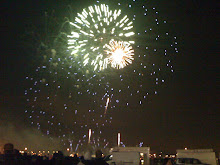










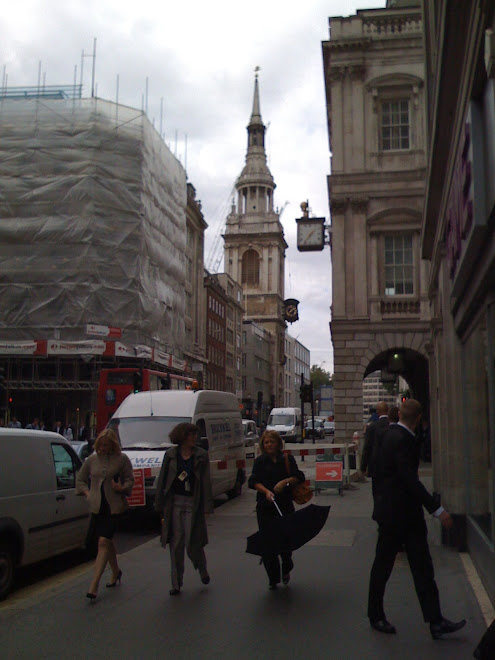

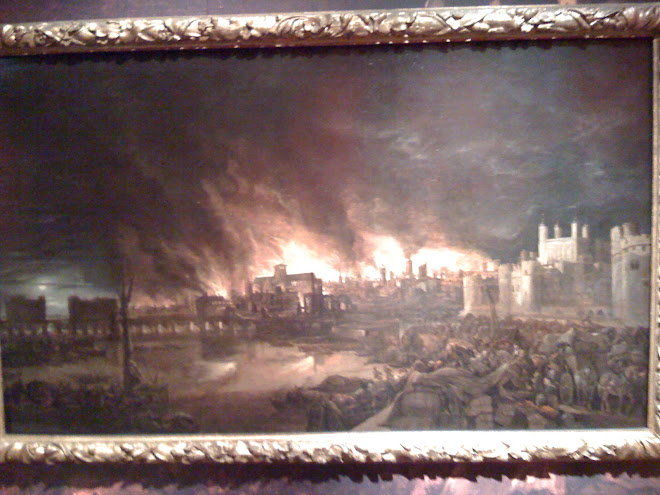
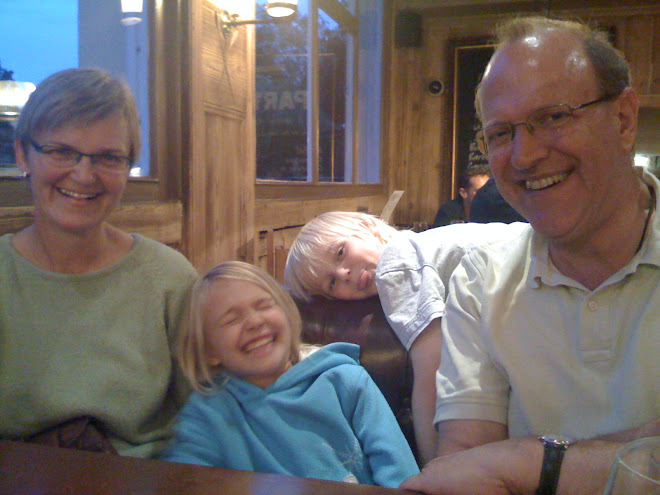


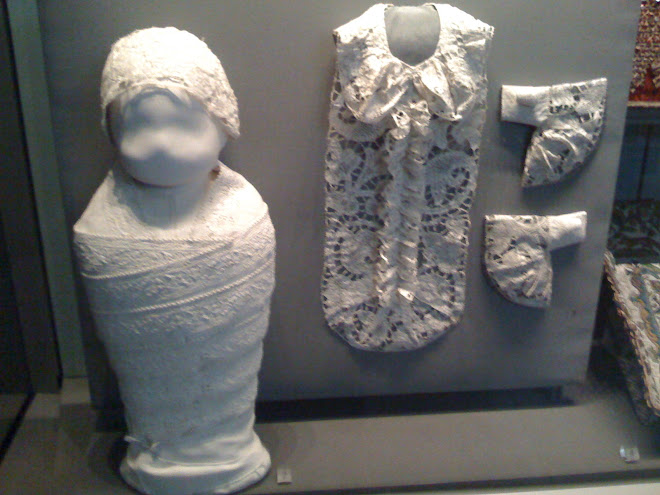
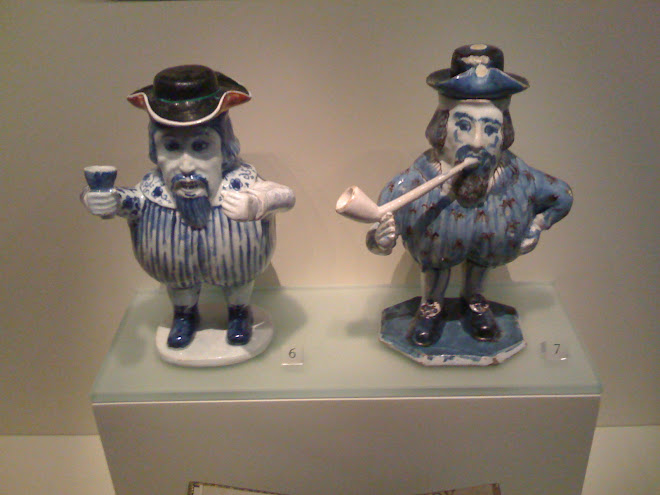
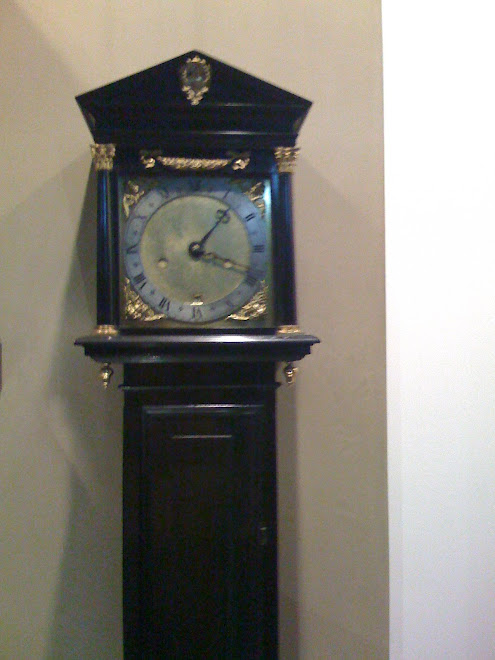
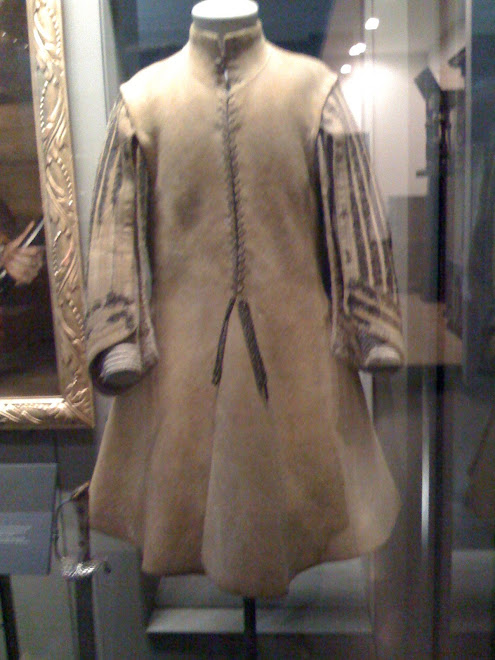

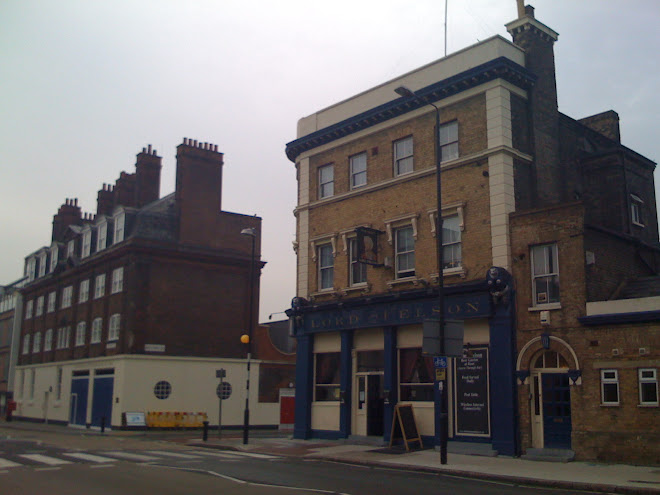
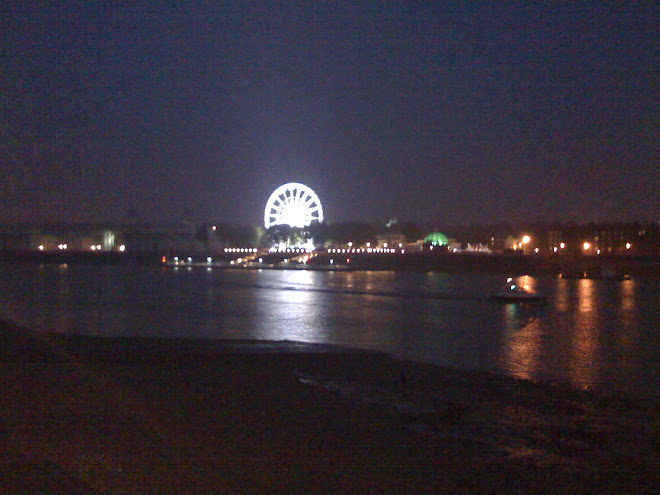
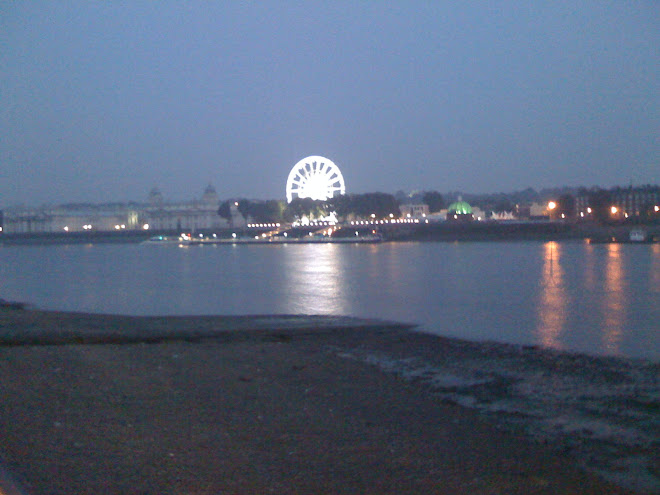
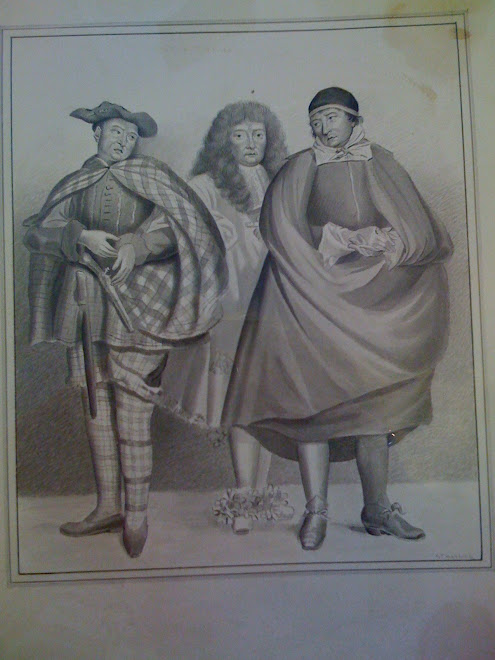
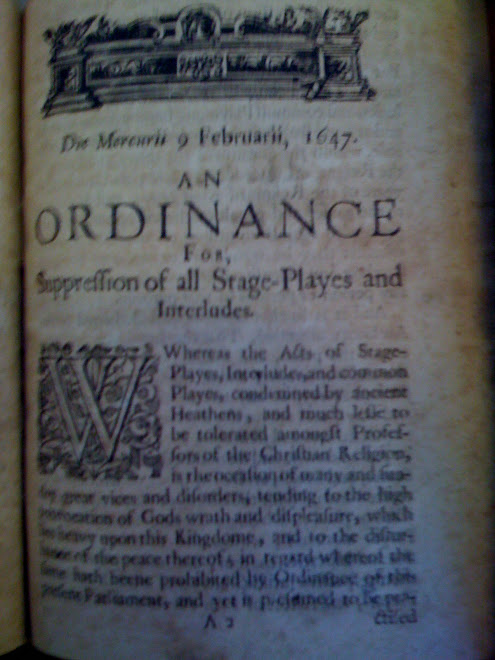
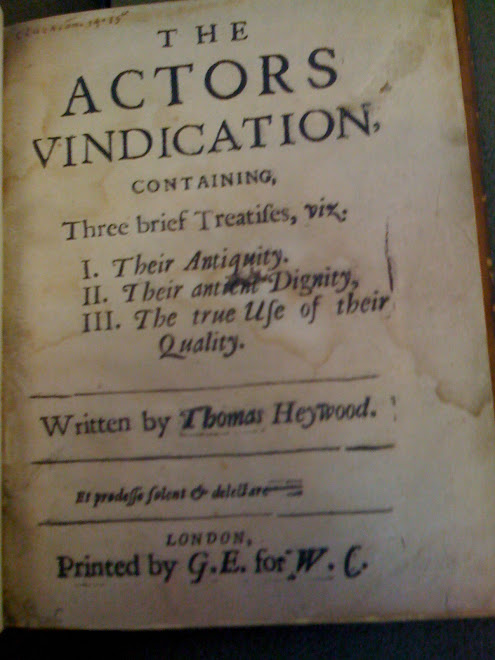
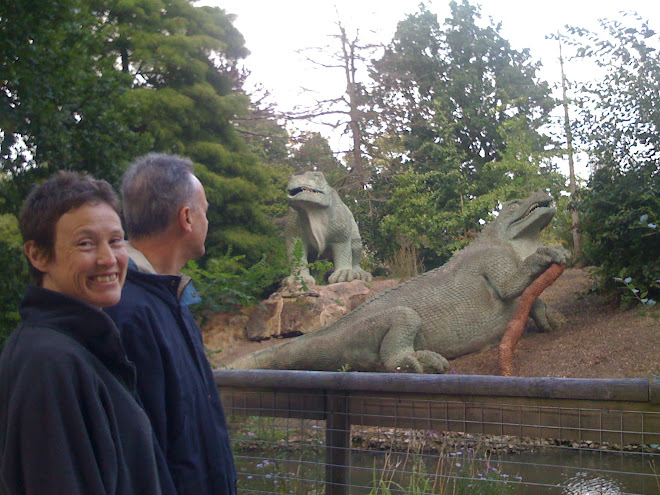


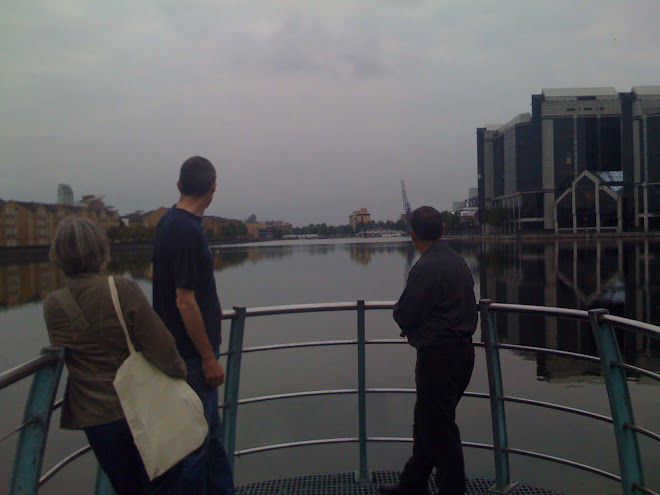
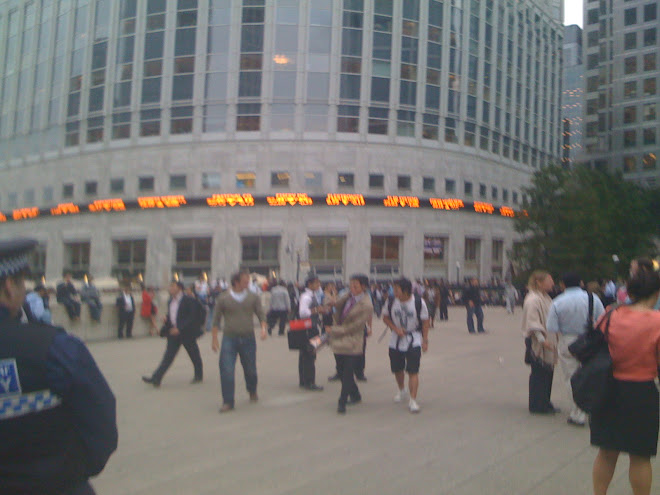
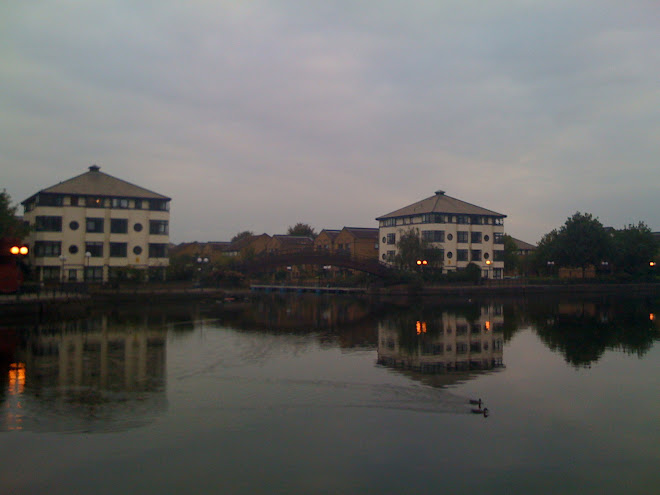

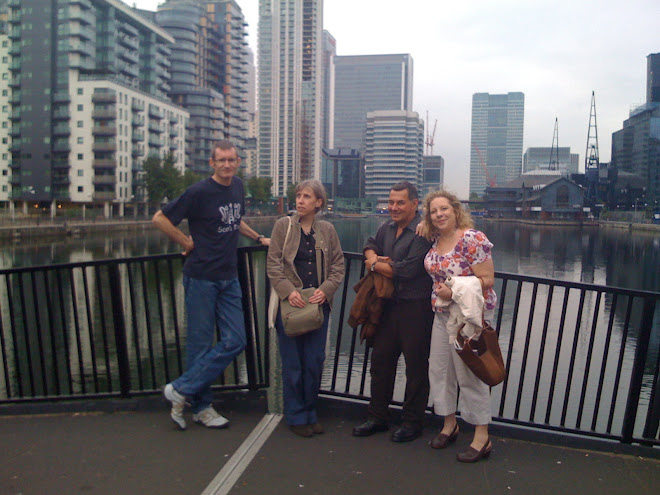

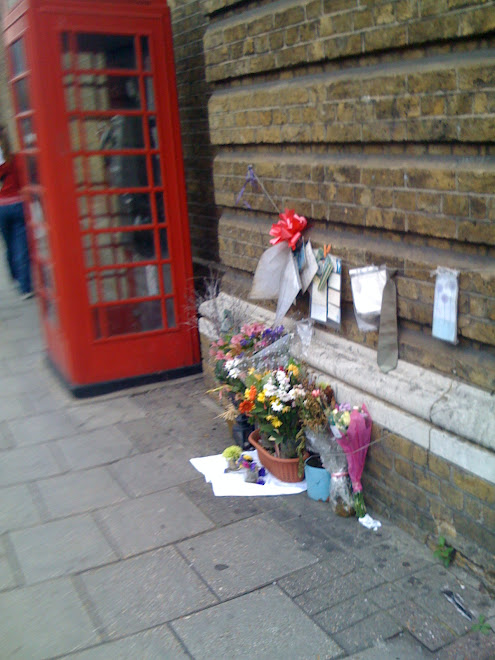

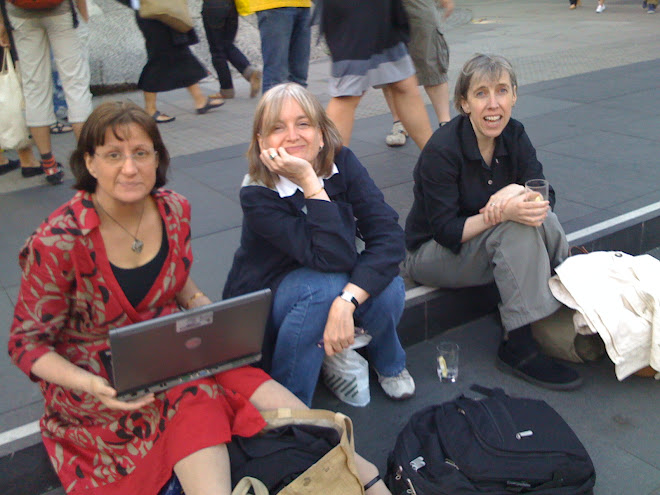
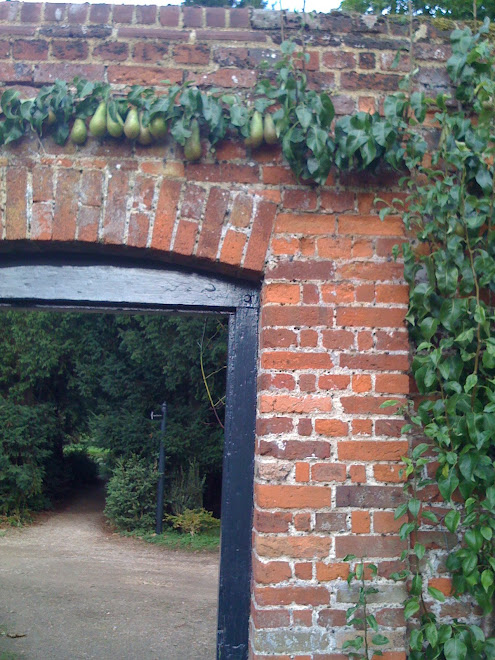
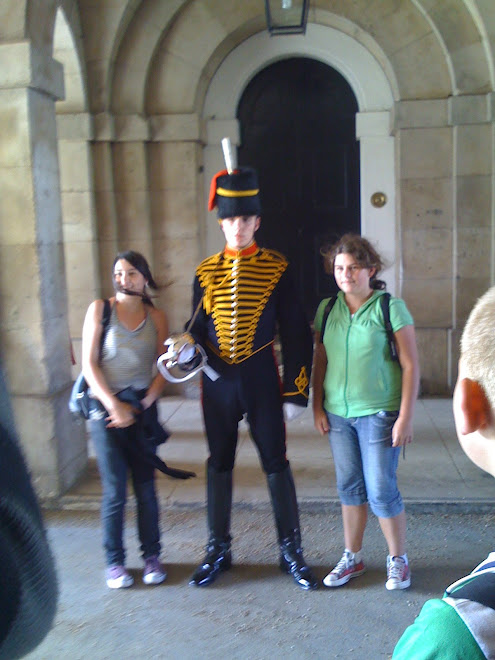
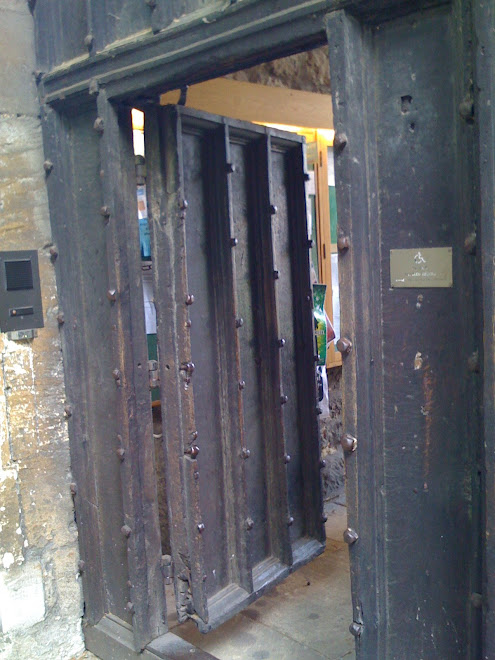
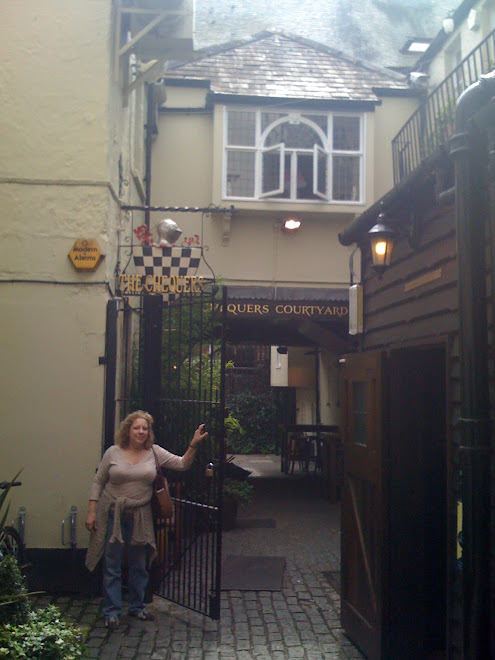
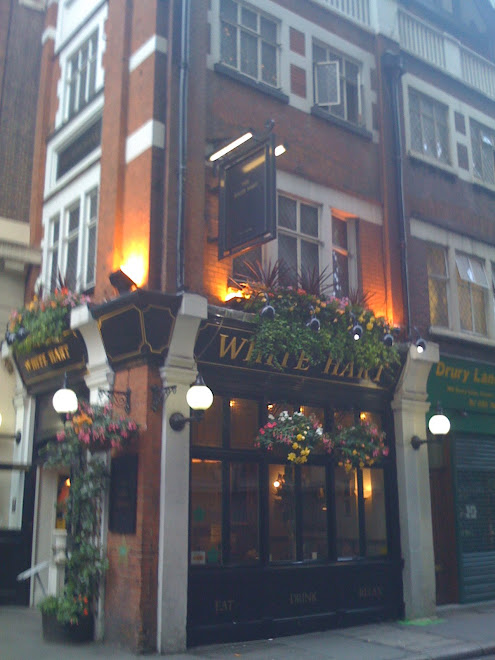


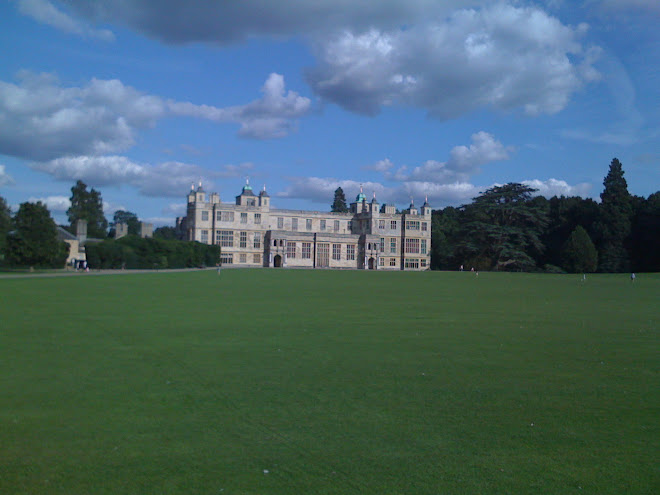
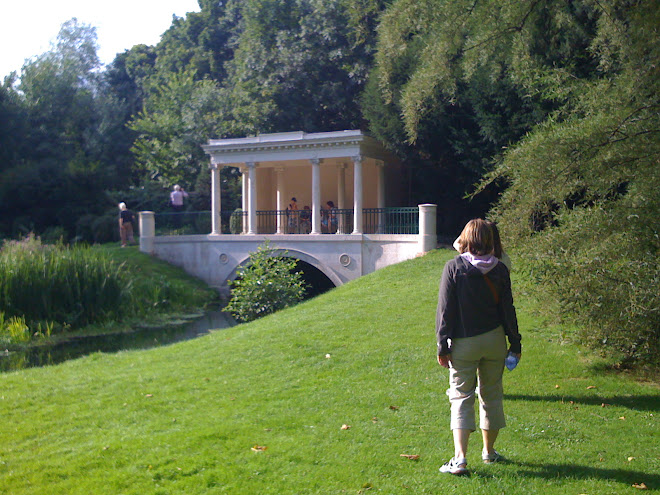

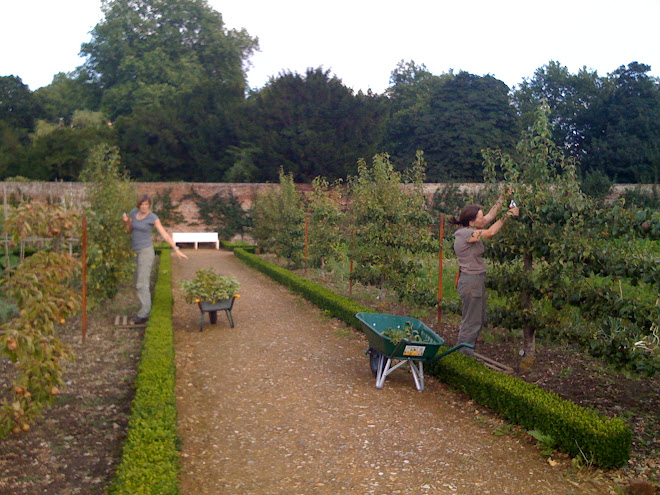
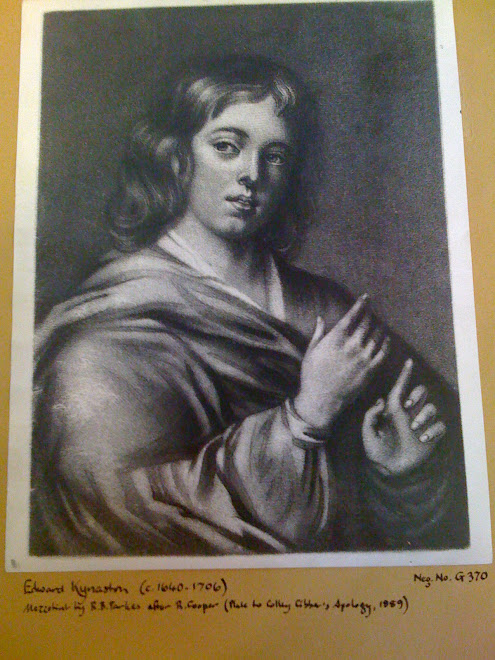


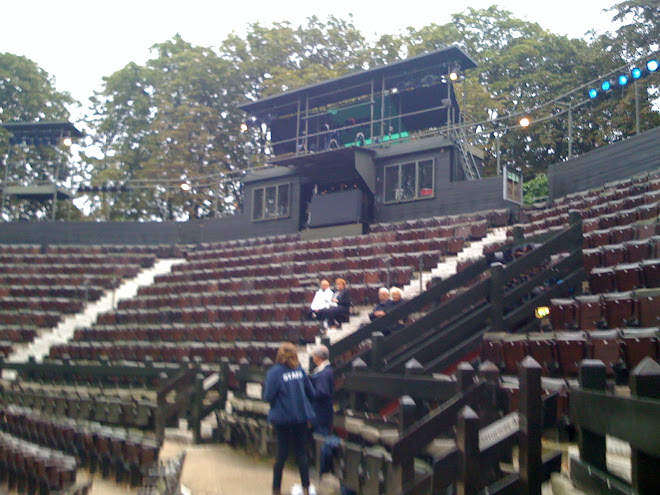
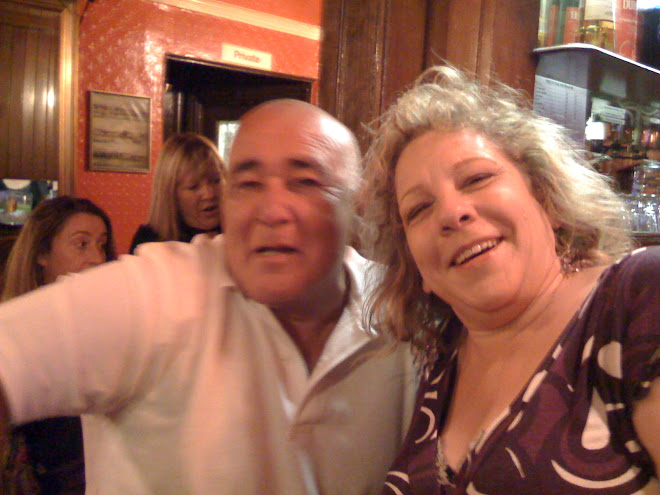

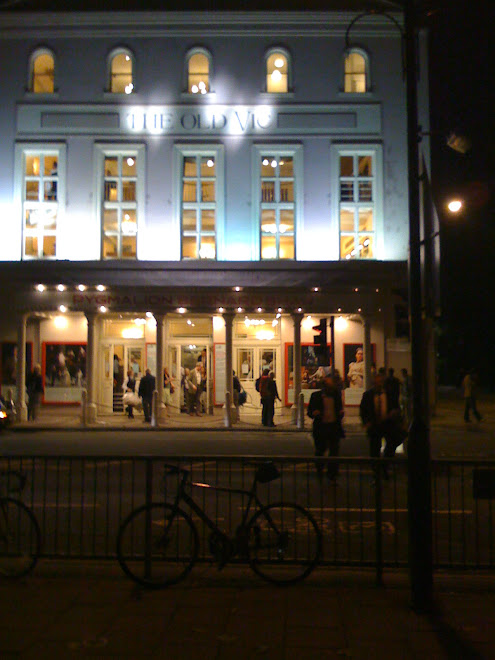
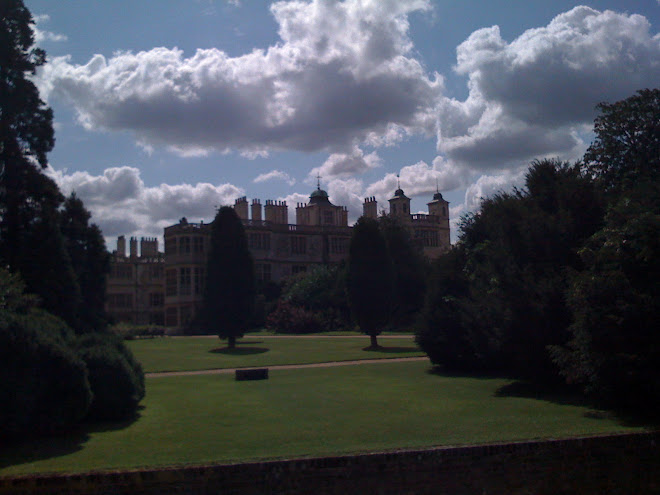
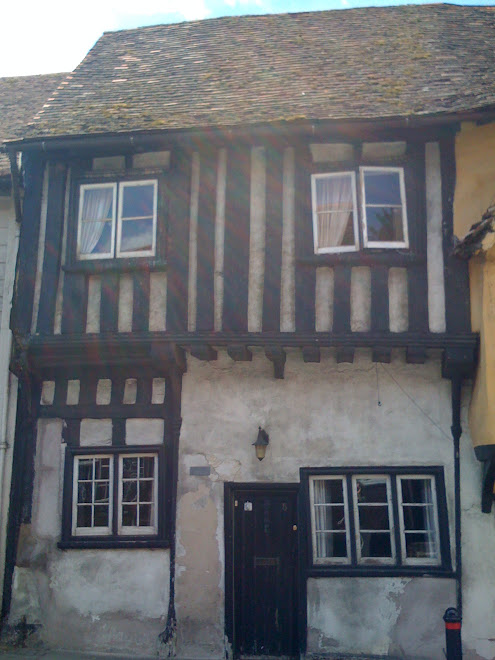

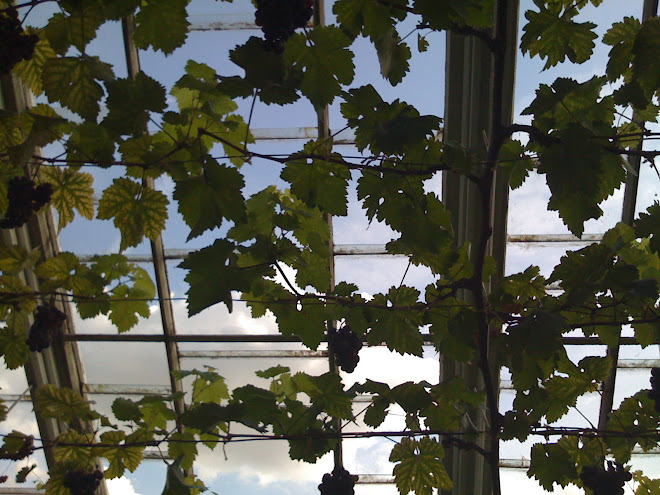
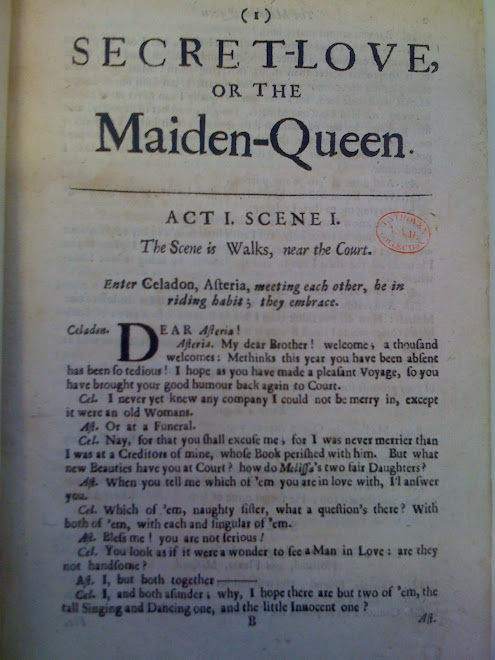
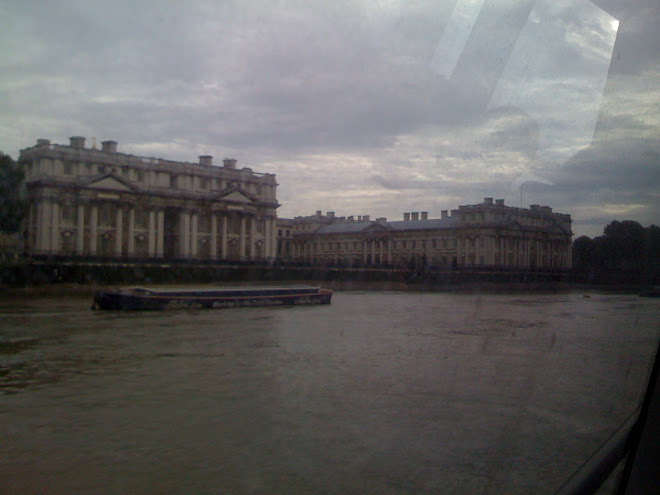

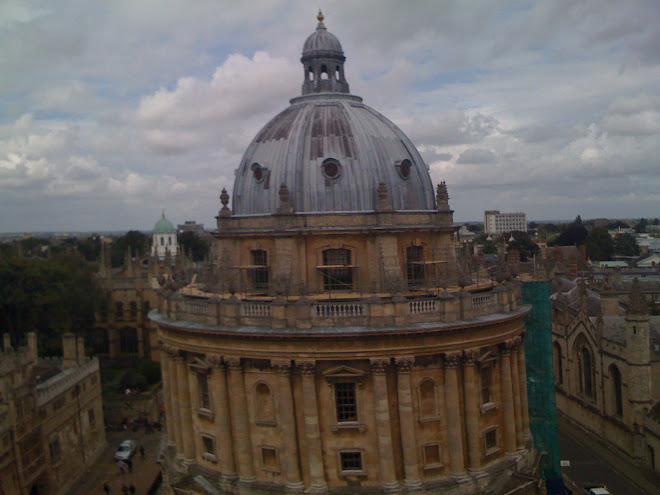
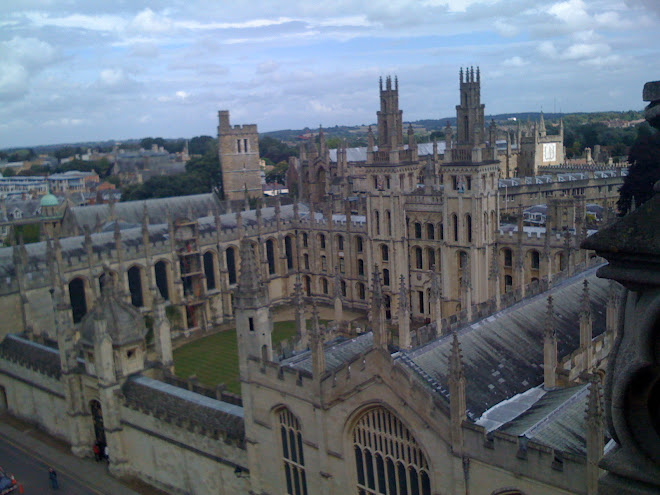
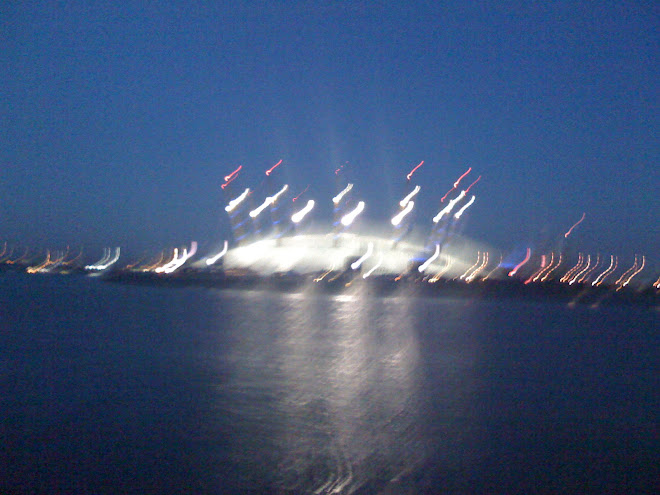
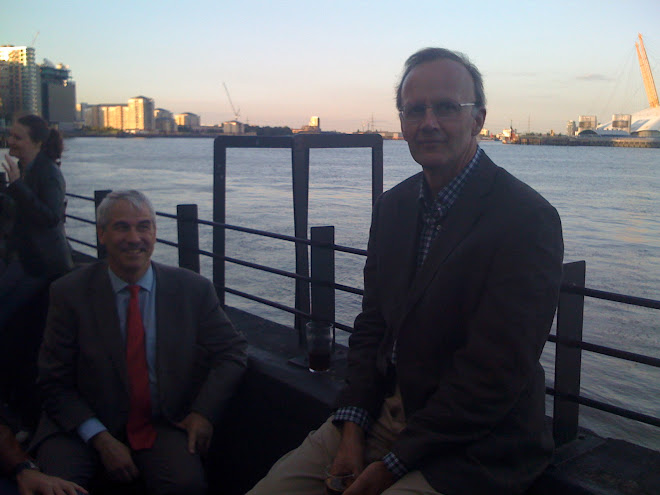
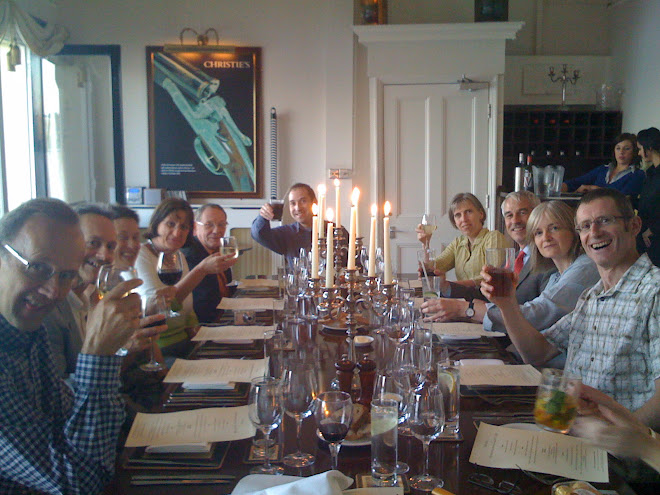



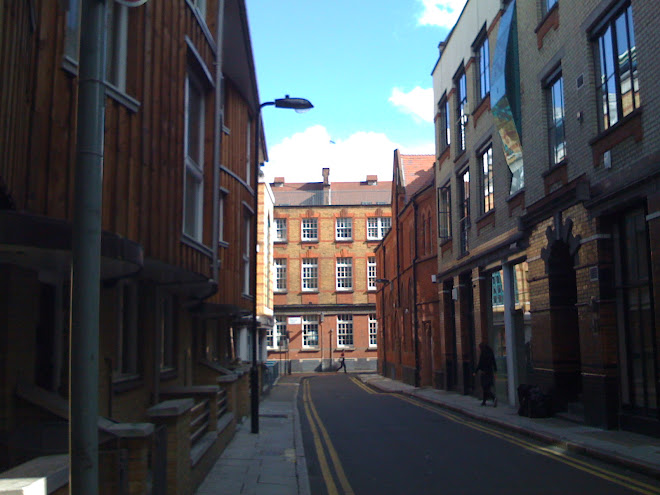
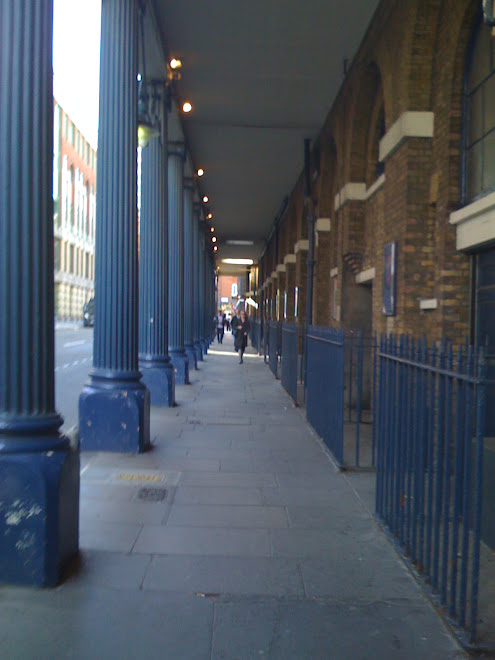

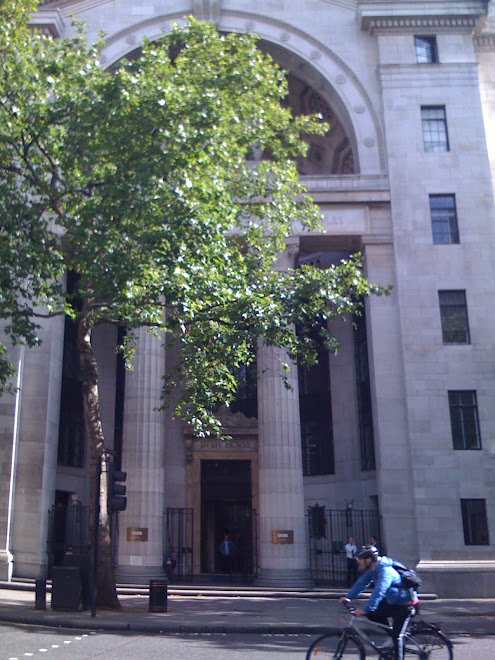

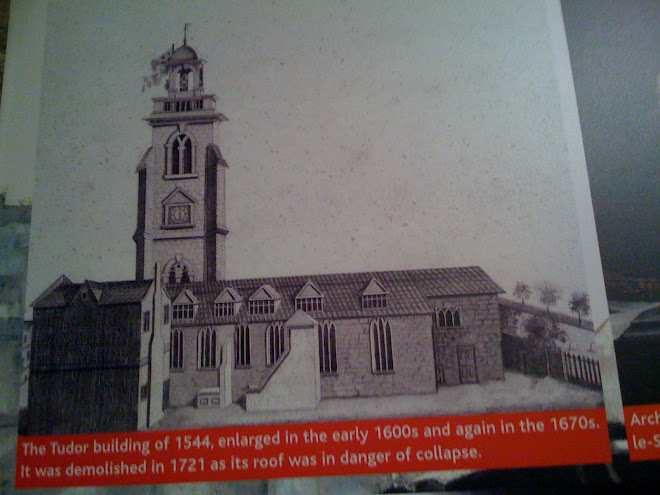
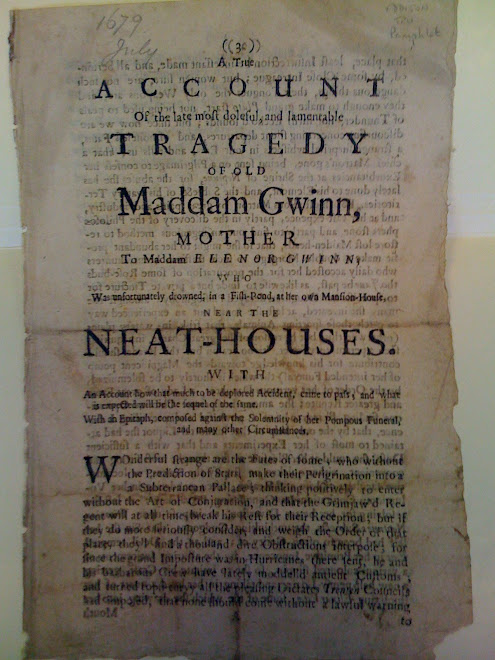
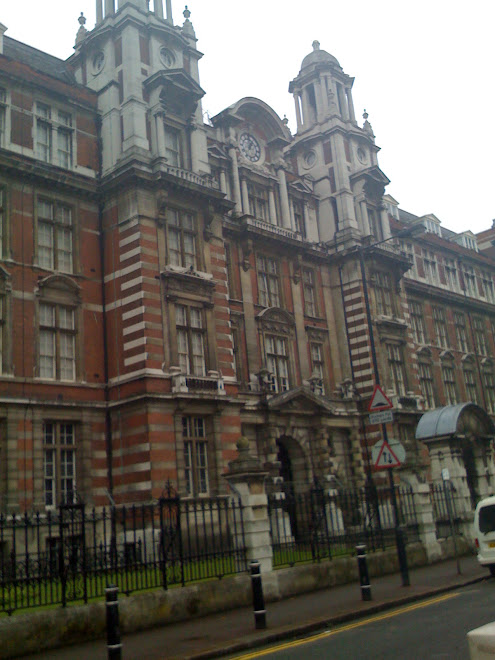
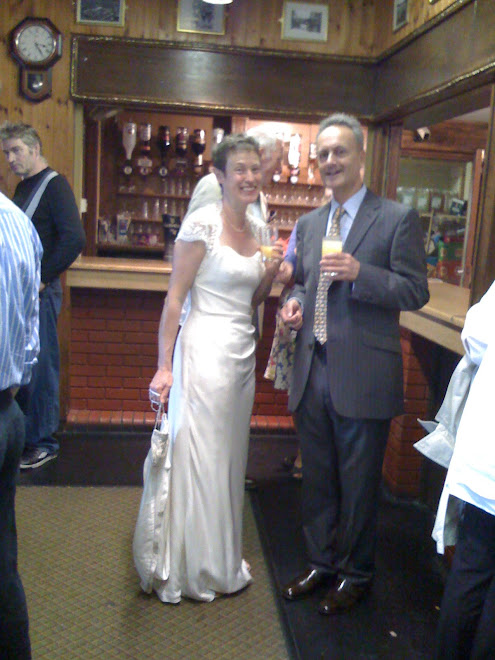

No comments:
Post a Comment